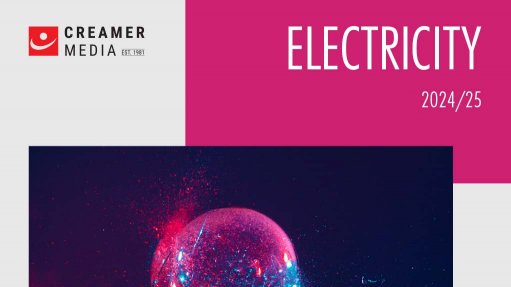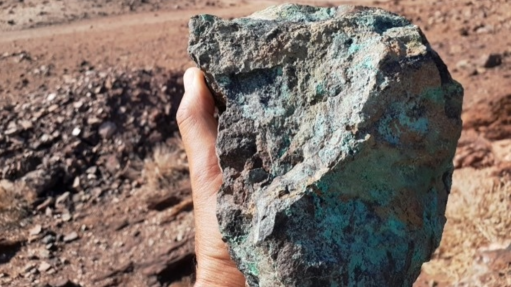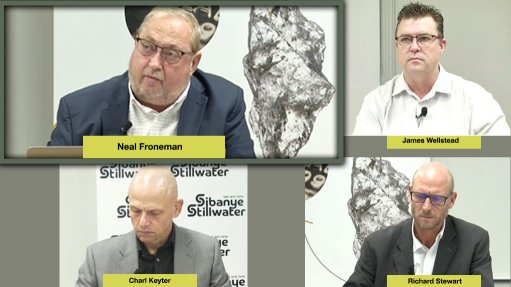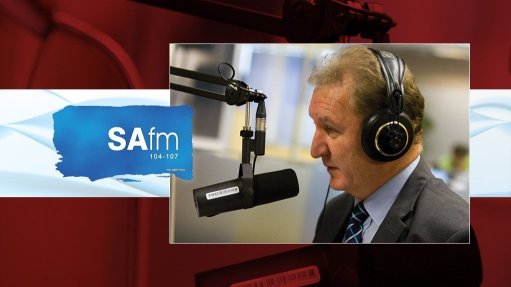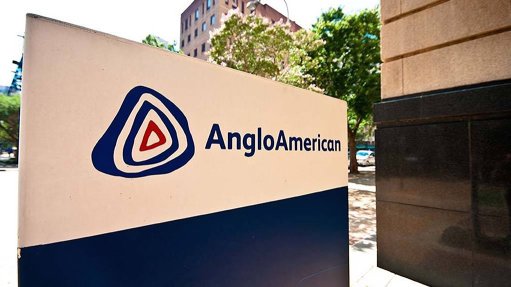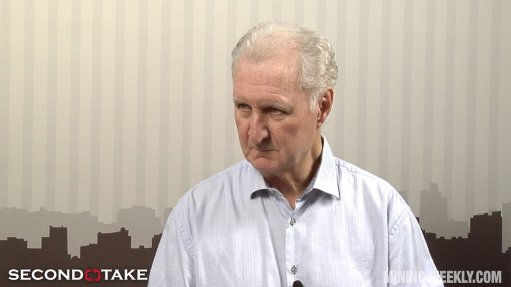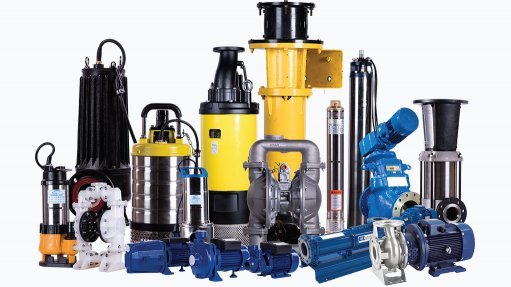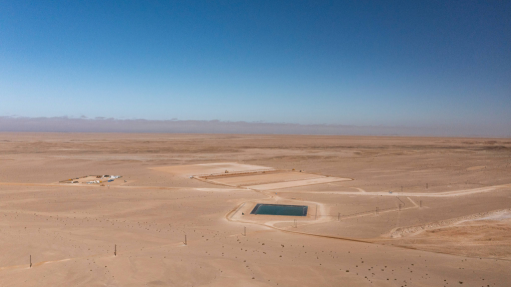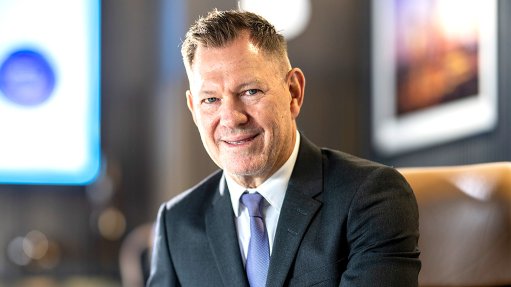Phalaborwa Rare Earths Project, South Africa – update

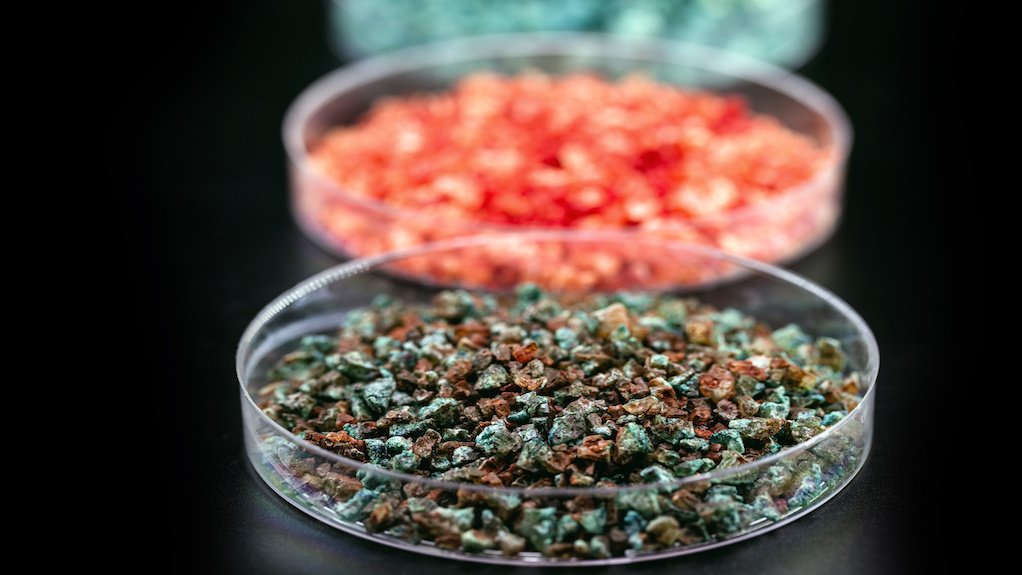
Name of the Project
Phalaborwa Rare Earths Project.
Location
Limpopo, South Africa.
Project Owner/s
Rainbow Rare Earths (85%).
Rainbow Rare Earths signed an agreement with phosphate mining company Bosveld Phosphates in June 2023 to ensure it obtains 100% ownership of the Phalaborwa project.
Upon completion of a definitive feasibility study (DFS), the unincorporated joint venture (JV) will be transferred into an incorporated JV company and, at Rainbow’s election, Bosveld will transfer all assets required for the project into that company.
Project Description
A preliminary economic assessment (PEA) has confirmed Phalaborwa's significant potential as a low capital intensity, high-margin, near-term rare earth development project.
Rainbow Rare Earths will extract the rare-earth elements (REEs) using a proprietary continuous ion-exchange and continuous ion-chromatography plant process, developed in conjunction with K-Technologies, in the US.
The PEA, published in October 2022, is based on processing 2.2-million tonnes a year of phosphogypsum over a 14.2-year project life to deliver 26 208 t of separated magnet rare-earth oxides (REOs). The project will produce all four of the key REEs used to create permanent magnets – neodymium, praseodymium, dysprosium and terbium.
A process flowsheet to extract REEs from the phosphogypsum stacks has been developed by Rainbow and has been subject to extensive testwork. The flowsheet comprises the hydraulic reclamation of the gypsum, which is processed through a simple hydrometallurgical plant to recover the rare earths and produce a high-grade rare earth feed stream for the separation process. The process utilises continuous ion exchange and continuous ion chromatography, which have efficiency and environmental benefits over the solvent extraction methodology traditionally used for rare earth separation.
Potential Job Creation
The project will create numerous employment opportunities during construction and an estimated 300 direct job opportunities, excluding contractors, suppliers, vendors and consultants. Priority will be given to the people in the Ba-Phalaborwa area who have the requisite skills and experience. Rainbow will give preference to local contractors and where contractors are imported from other areas, Rainbow will encourage the employment of local labour.
Net Present Value/Internal Rate of Return
The project has an after-tax net present value, at a 10% discount rate, of $627-million and an internal rate of return of 40%, with a payback of less than two years.
Capital Expenditure
$295.5-million.
Planned Start/End Date
Production is expected to start in 2026.
Latest Developments
Rainbow Rare Earths produced the first magnet REE in a saleable form at the Phalaborwa project in September.
This paves the way for the first commercial recovery of REE from phosphogypsum, the company has reported.
Rainbow has, as part of work to complete a DFS, been working to optimise the primary front-end leach flowsheet. The primary flowsheet represents about 75% of the Phalaborwa flowsheet and processes phosphogypsum to produce a high-grade rare earth feed stream for the separation process. The flowsheet has been subject to an extensive programme of bench-scale and pilot plant leach testwork conducted at the Johannesburg facilities of the Council for Mineral Technology, also known as Mintek.
This has resulted in the delivery of a simplified leach flowsheet with a smaller footprint and expected capital and operating cost benefits versus the flowsheet set out in the project’s PEA.
Rainbow has said that the optimised flowsheet maintains the overall recovery rate of rare earths at about 66%, with the various workstreams required as part of the DFS well advanced.
However, completion of the final DFS depends on the finalisation of the separation testwork for the project. This places the timetable to complete the DFS in the first half of 2025 at risk, the company has said.
It is, therefore, updating its guidance to complete the DFS during in 2025, recognising that the most important objective is to deliver the optimal flowsheet to ensure the long-term success and sustainability of the project.
Despite the potential delay in the finalisation of the DFS, the Phalaborwa project development has been completed in a short time, and it is expected that the project will be ready for development within five to six years of Rainbow’s securing the project rights in December 2020. This is a much shorter timeframe than that expected for a traditional mining project, which has an average development time of about 17 years, according to the International Energy Agency.
As part of the financing process, offtake discussions have started with industry participants, including original-equipment manufacturers and global trading companies.
In the longer term, Rainbow expects that the improvement of its technology to recover critical REE from phosphogypsum will enable it to access a much larger addressable market to develop a long-term, scalable and sustainable business. It is evaluating approaches for strategic partnership opportunities in Saudi Arabia, Canada and India, along with the memorandum of understanding signed with Mosaic for the Uberaba project, in Brazil, and the partnership with OCP Sand Mohammed VI Polytechnic University.
Key Contracts, Suppliers and Consultants
ANSTO Minerals (plant processing testwork); K-Tech Inc (REO separation technology and partner in developing plant processing flowsheet, managing the back-end of the pilot plant at its US facility); Mintek (managing plant front-end in South Africa); and METC Engineering (production of the PEA and engineering work for the DFS).
Contact Details for Project Information
Tavistock Communications, on behalf of Rainbow Rare Earths, tel +44 20 7920 3150 or email rainbowrareearths@tavistock.co.uk.
Comments
Press Office
Announcements
What's On
Subscribe to improve your user experience...
Option 1 (equivalent of R125 a month):
Receive a weekly copy of Creamer Media's Engineering News & Mining Weekly magazine
(print copy for those in South Africa and e-magazine for those outside of South Africa)
Receive daily email newsletters
Access to full search results
Access archive of magazine back copies
Access to Projects in Progress
Access to ONE Research Report of your choice in PDF format
Option 2 (equivalent of R375 a month):
All benefits from Option 1
PLUS
Access to Creamer Media's Research Channel Africa for ALL Research Reports, in PDF format, on various industrial and mining sectors
including Electricity; Water; Energy Transition; Hydrogen; Roads, Rail and Ports; Coal; Gold; Platinum; Battery Metals; etc.
Already a subscriber?
Forgotten your password?
Receive weekly copy of Creamer Media's Engineering News & Mining Weekly magazine (print copy for those in South Africa and e-magazine for those outside of South Africa)
➕
Recieve daily email newsletters
➕
Access to full search results
➕
Access archive of magazine back copies
➕
Access to Projects in Progress
➕
Access to ONE Research Report of your choice in PDF format
RESEARCH CHANNEL AFRICA
R4500 (equivalent of R375 a month)
SUBSCRIBEAll benefits from Option 1
➕
Access to Creamer Media's Research Channel Africa for ALL Research Reports on various industrial and mining sectors, in PDF format, including on:
Electricity
➕
Water
➕
Energy Transition
➕
Hydrogen
➕
Roads, Rail and Ports
➕
Coal
➕
Gold
➕
Platinum
➕
Battery Metals
➕
etc.
Receive all benefits from Option 1 or Option 2 delivered to numerous people at your company
➕
Multiple User names and Passwords for simultaneous log-ins
➕
Intranet integration access to all in your organisation






